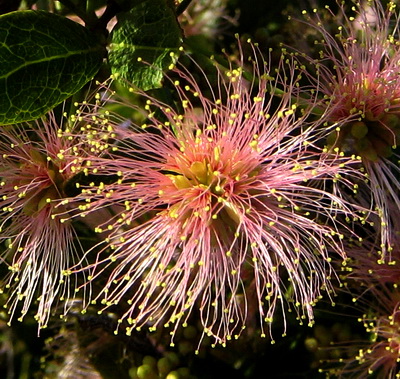Summer has come and gone and now the cool mornings of autumn are here. With the change in season come other changes in nature as well. Squirrels are frantically scurrying around gathering walnuts and acorns and burying them around our yard. Unfortunately, it seems that they are so focused on gathering in the harvest, that on my drive to work I notice they often don't look before crossing the road and I find my heart beating wildly as I do my best to avoid a collision. Thankfully they have been quick and with a flick of their tail, as though to say "that was close", I see the squirrels scamper off in search of more nuts.
 Crazy, distracted squirrels are not the only changes I have noticed. Leaves are slowly changing color, though this year many leaves seem to be falling off the trees before even turning colors, which is kind of sad and puzzling. I'm hoping that a couple of weeks and a few cooler nights will change that. Here's a link to the current fall foliage peak areas.
Crazy, distracted squirrels are not the only changes I have noticed. Leaves are slowly changing color, though this year many leaves seem to be falling off the trees before even turning colors, which is kind of sad and puzzling. I'm hoping that a couple of weeks and a few cooler nights will change that. Here's a link to the current fall foliage peak areas.
Yesterday, I wandered out by the creek and enjoyed the peacefulness. Leaves crunched under my shoes which startled a flock of 5 or 6 cardinals. Two male cardinals stopped for a drink further down the creek and I paused to watch them. Though it was peaceful, the woods were definitely not quiet (if that even makes sense). I could hear leaves rustling in the breeze, acorns falling through the branches and hitting the forest floor with a thump, a woodpecker hammering away at a tree, a squirrel gnawing on a walnut hull, chickadees and other birds twittering as they hopped from branch to branch, and the creek trickling around rocks. How is it that nature can be so calming despite the hustle and bustle and noise? Could it be that true peace is not the absence of noise, but rather the presence of something... the presence of God in our hearts, in His creation...?
"You will keep him in perfect peace whose mind is stayed on you, because he trusts in you."
Isaiah 26:3




















.jpg)




.jpg)





















